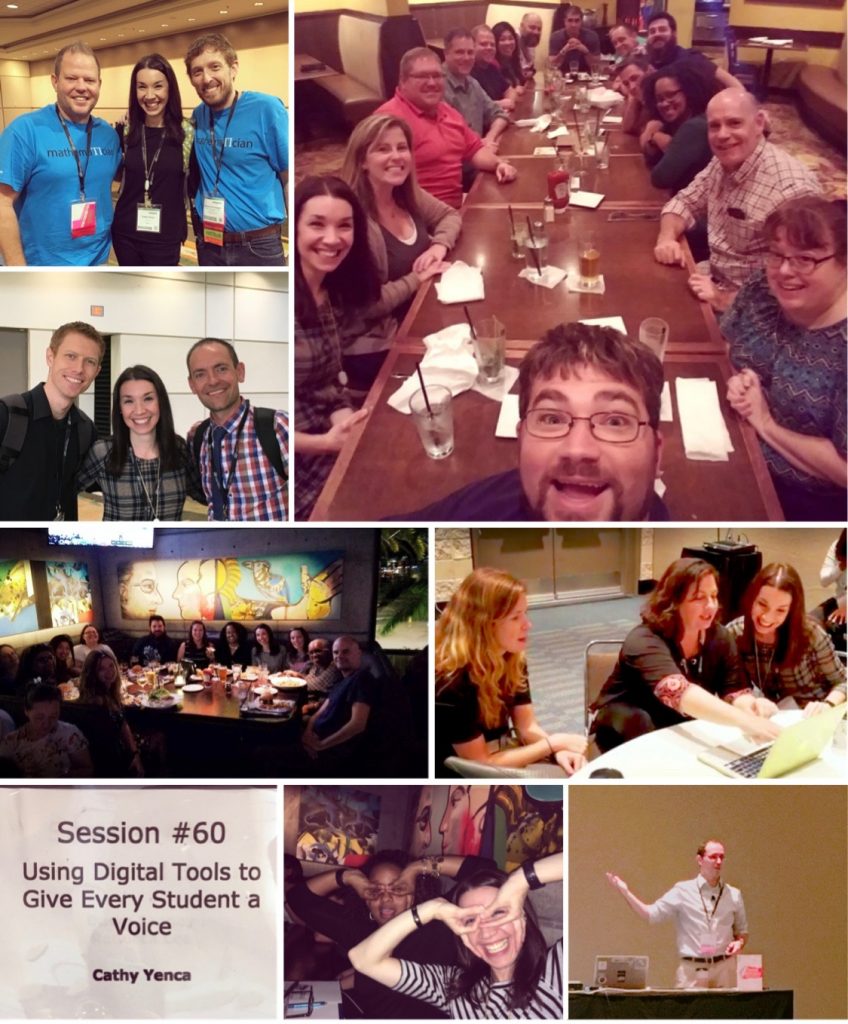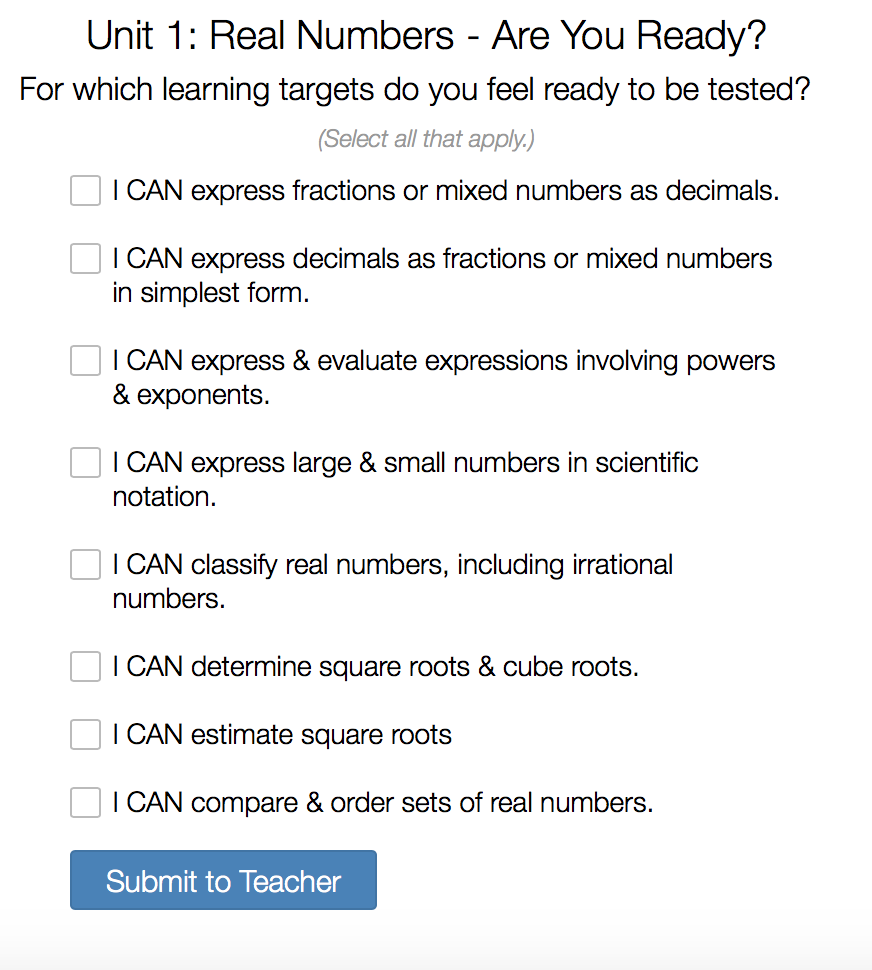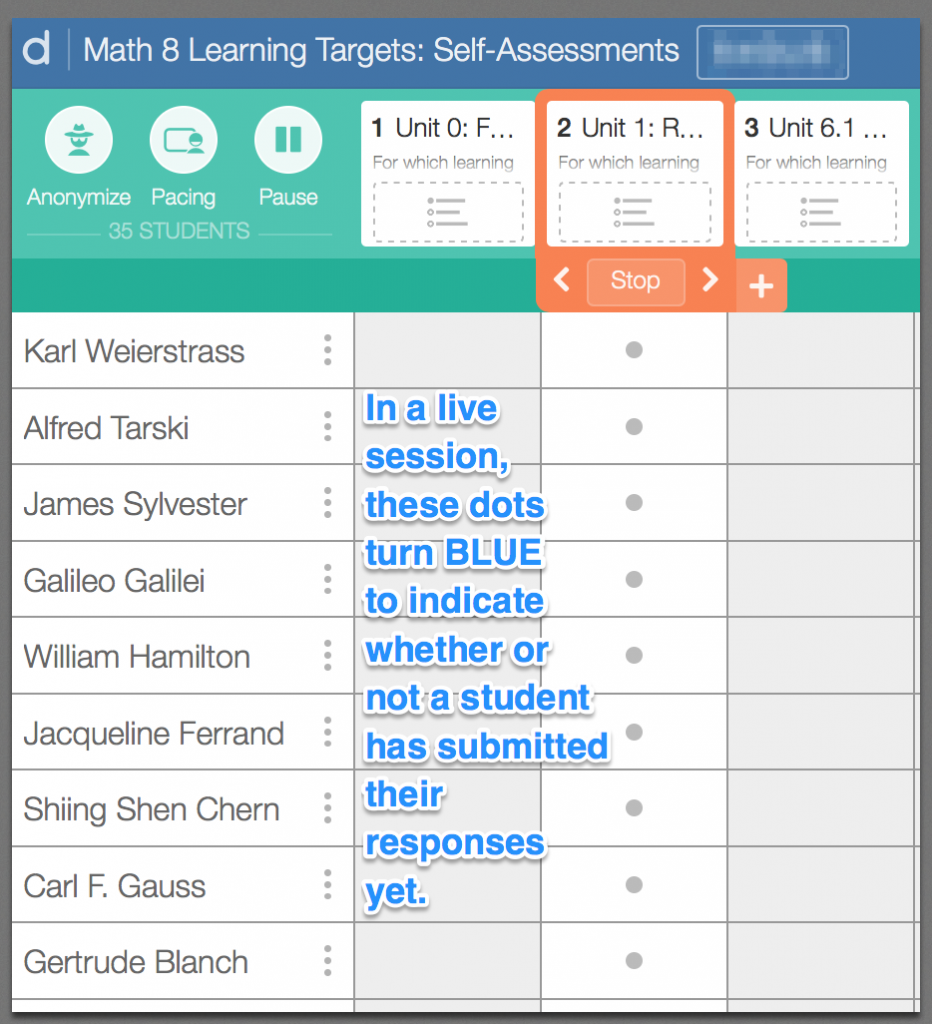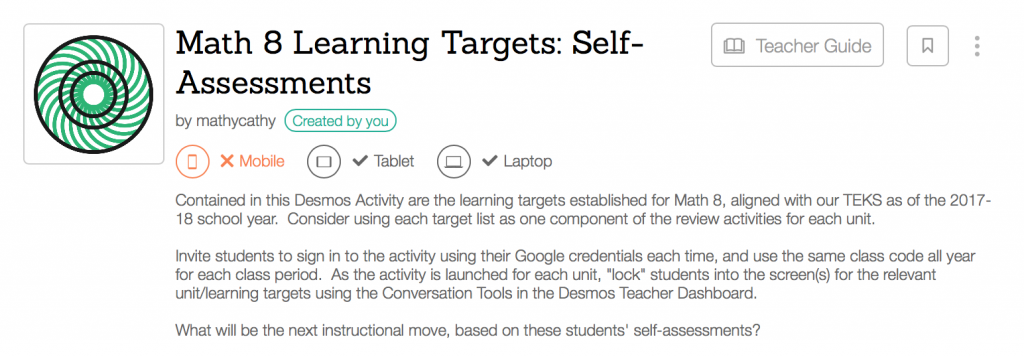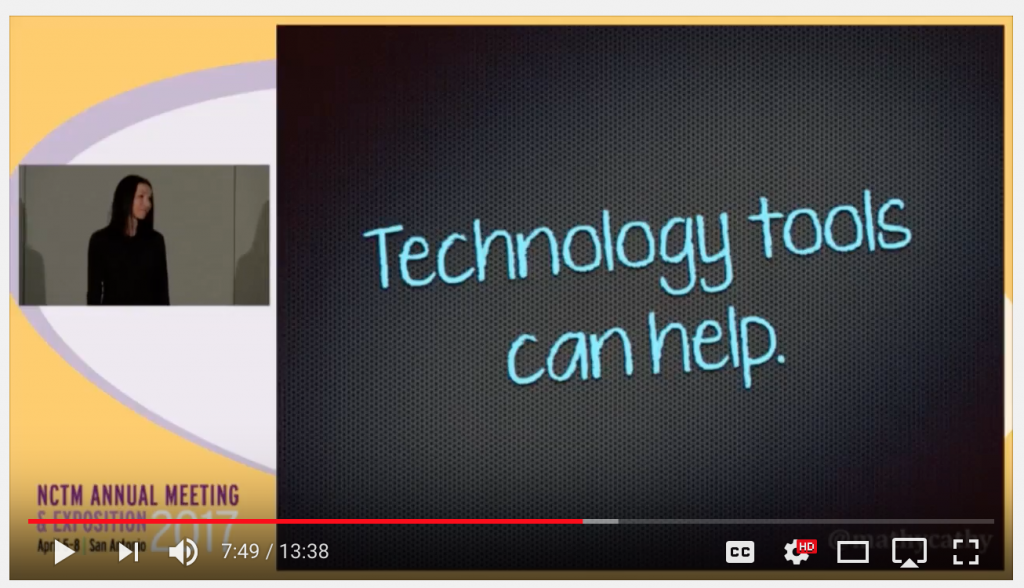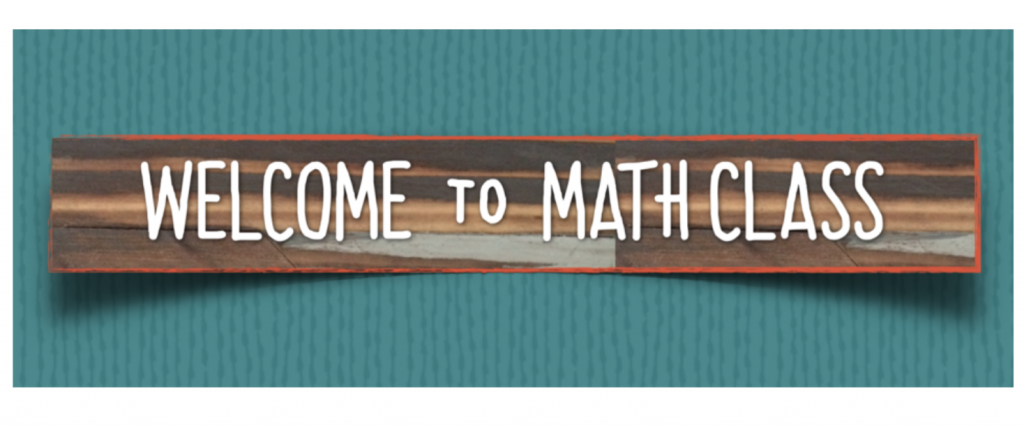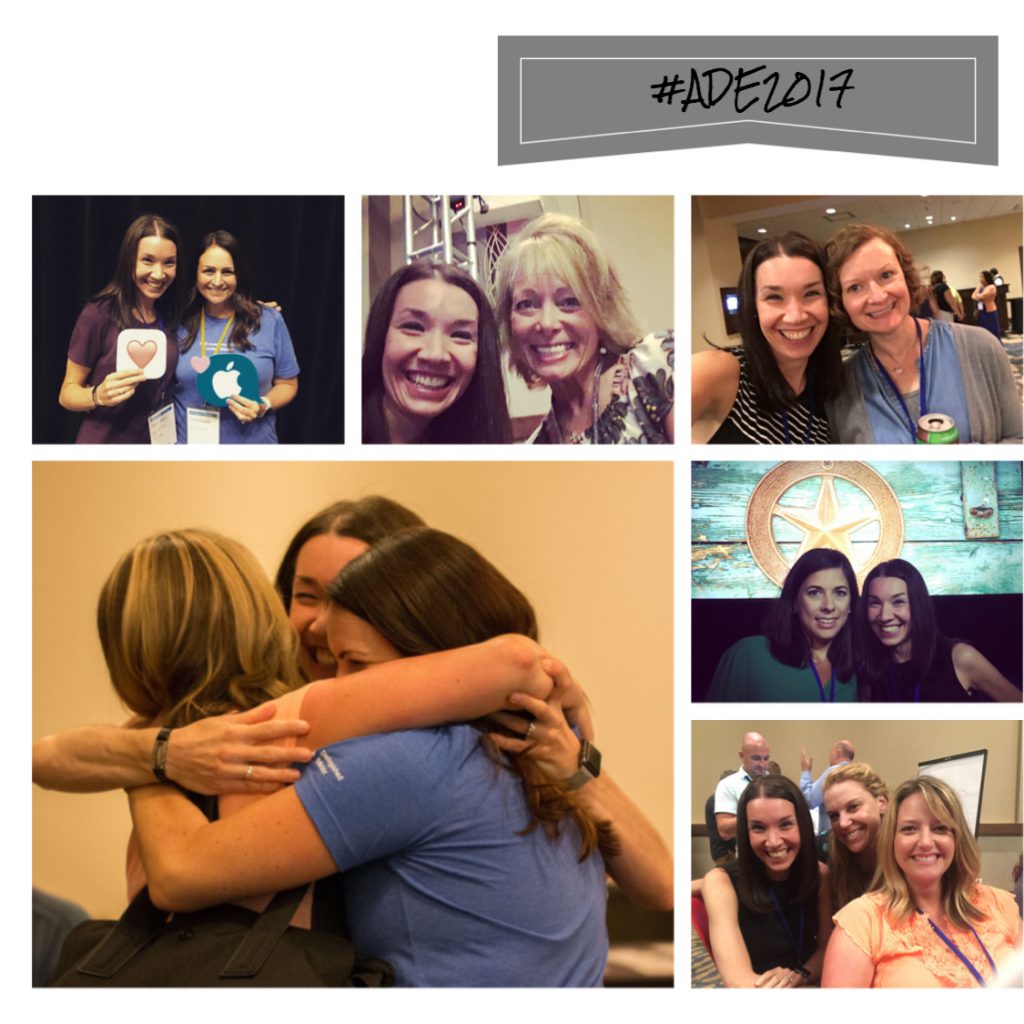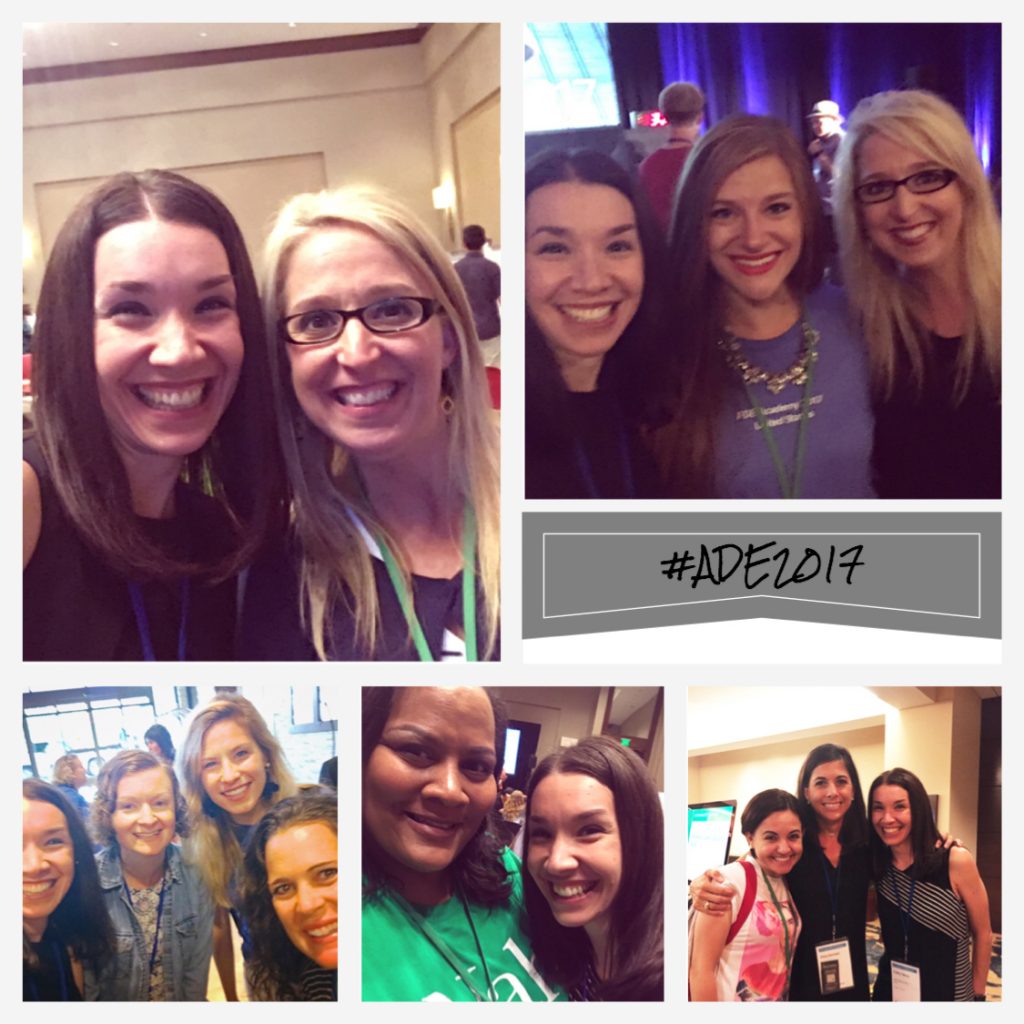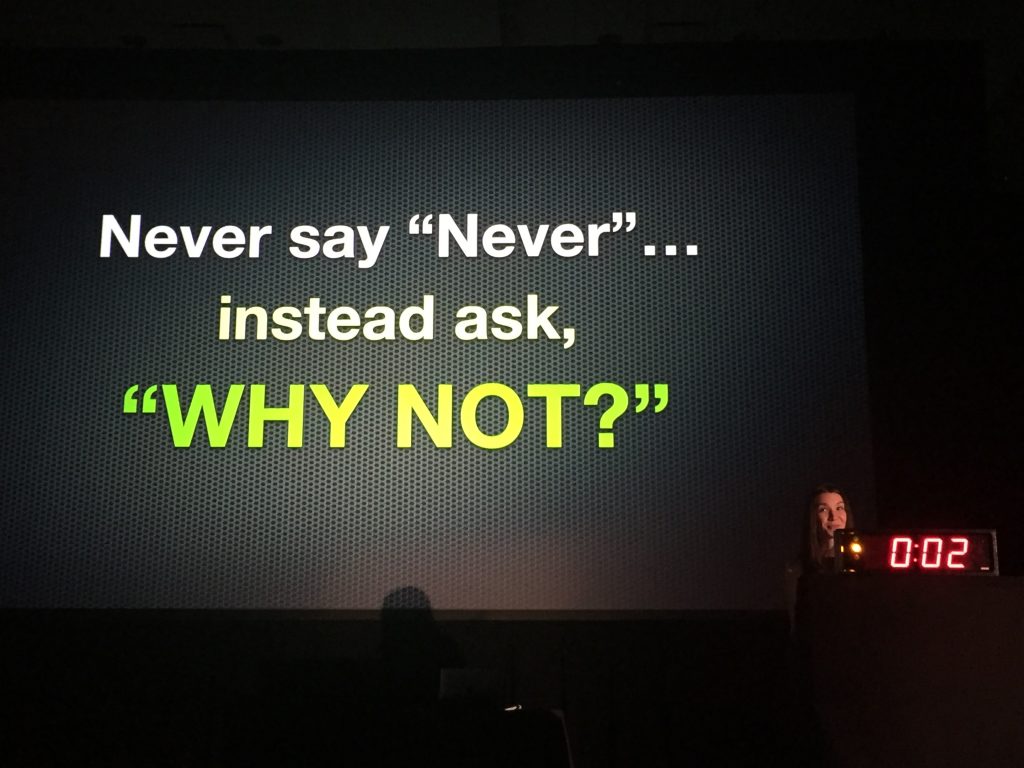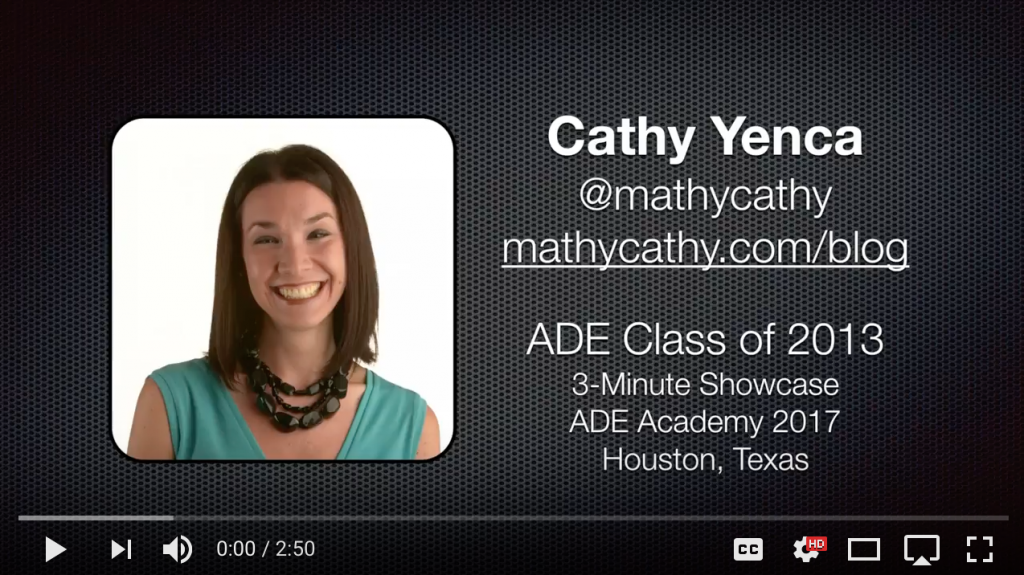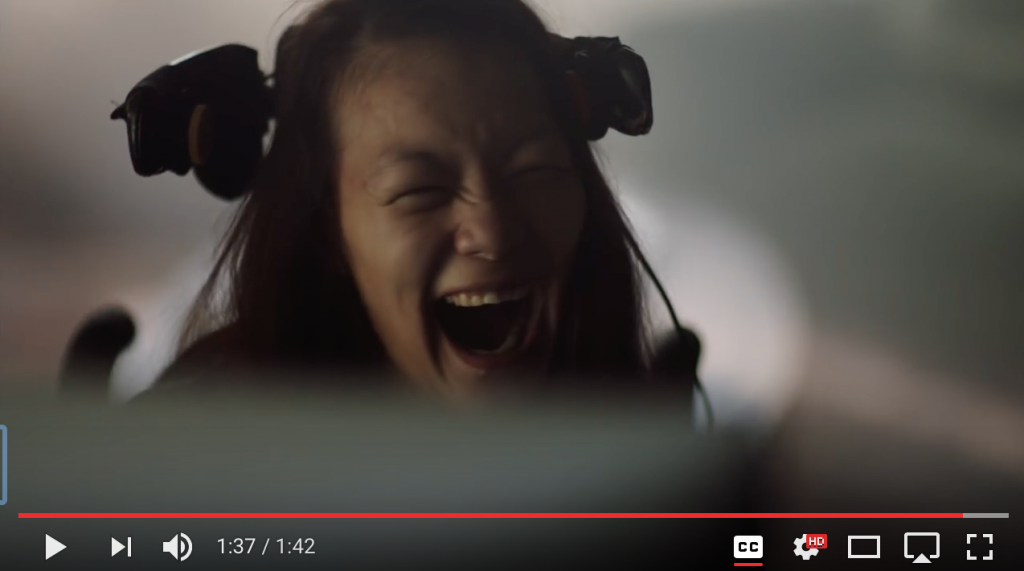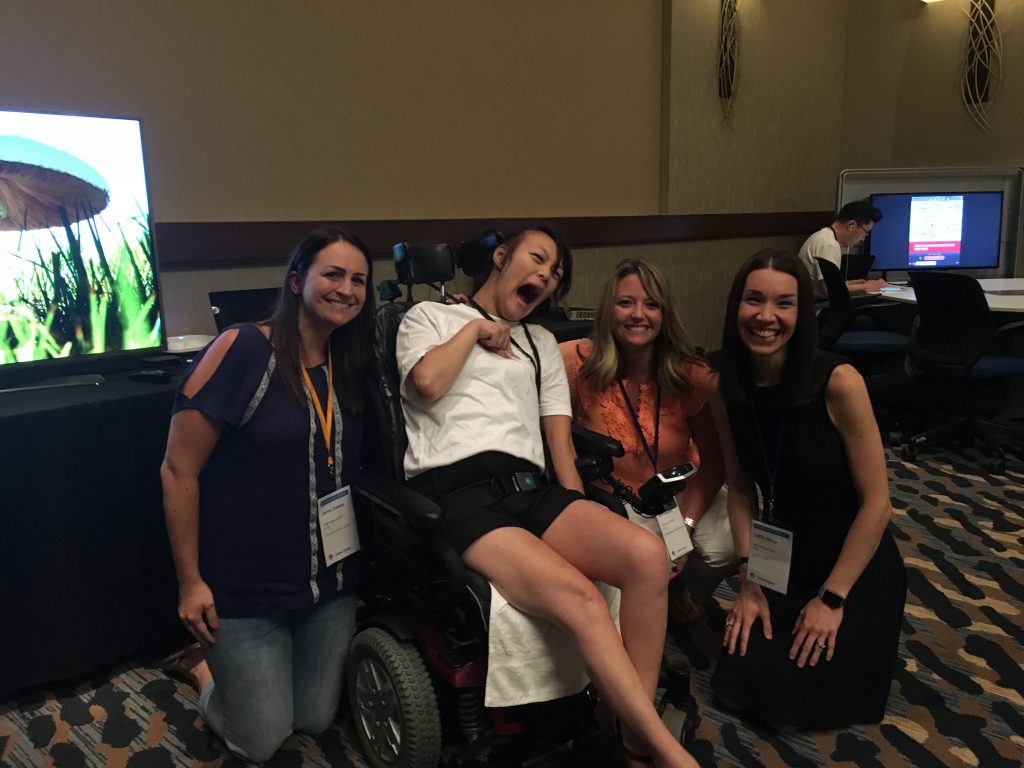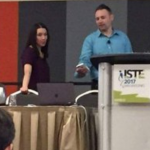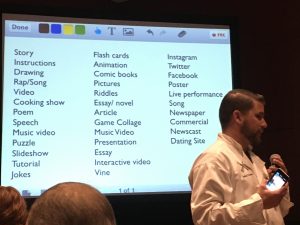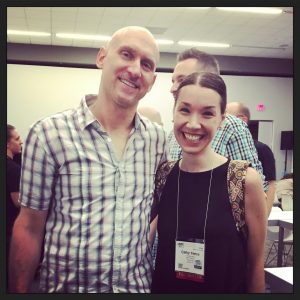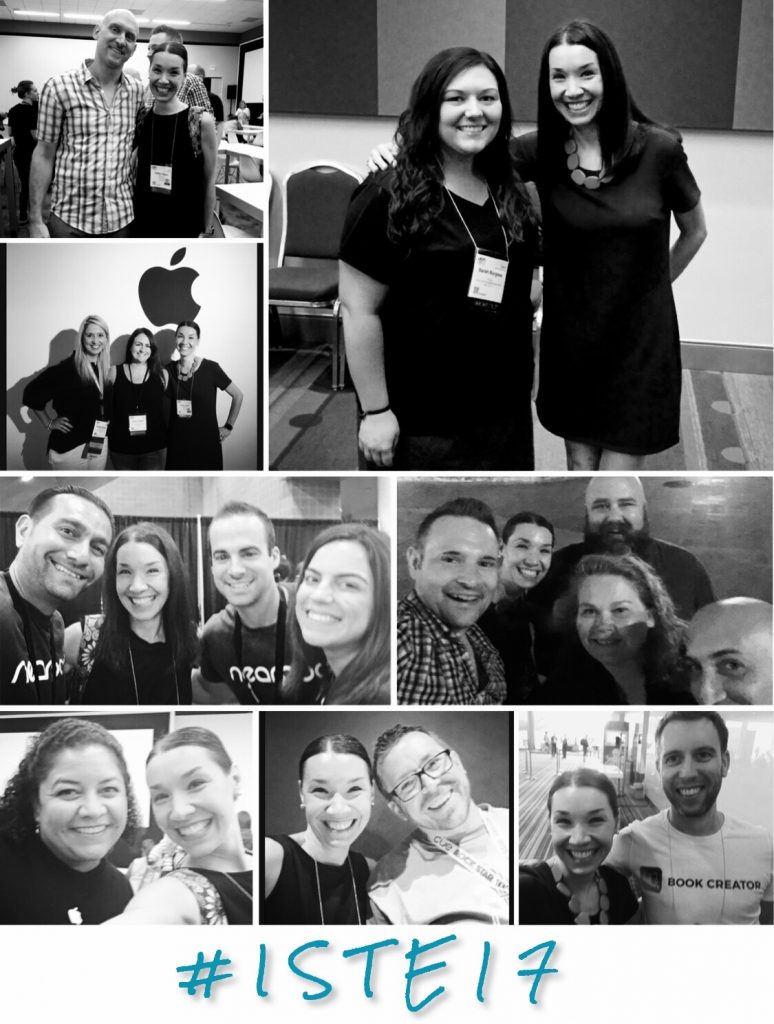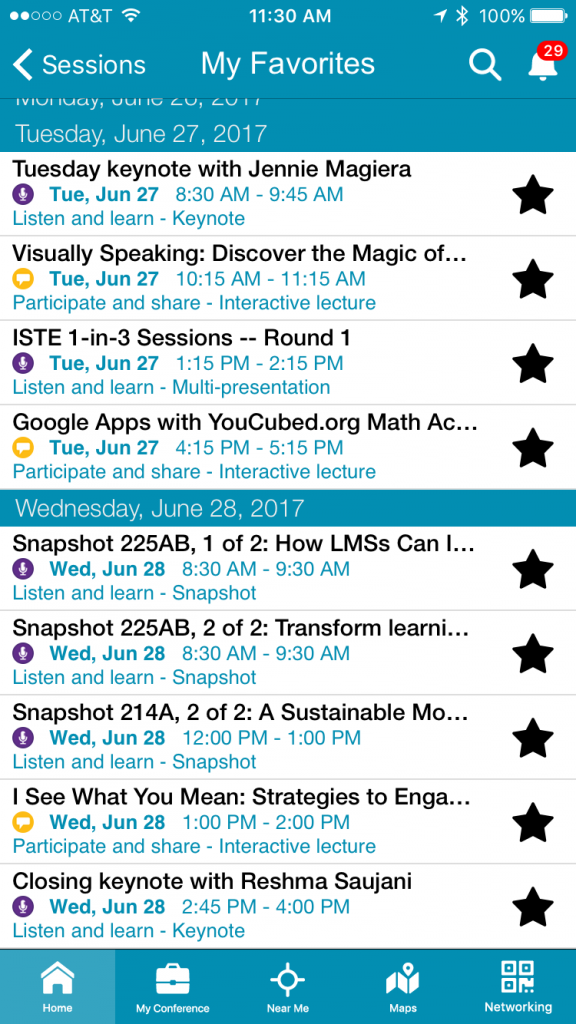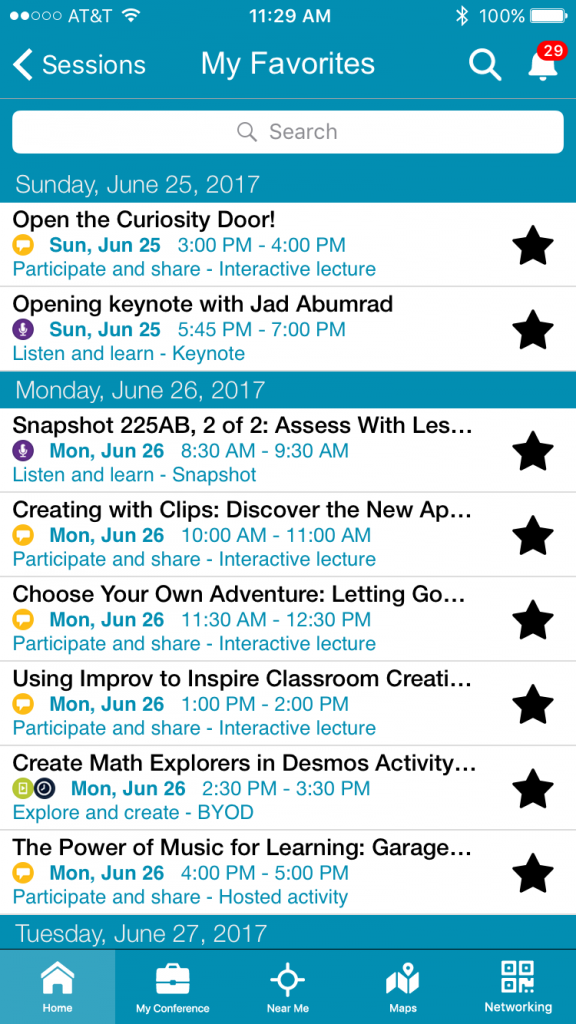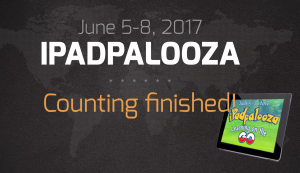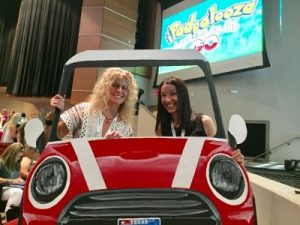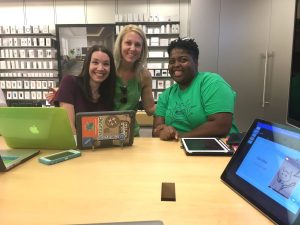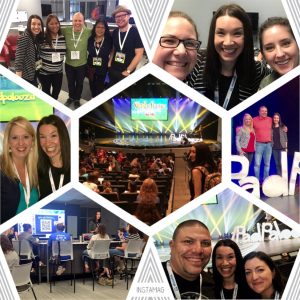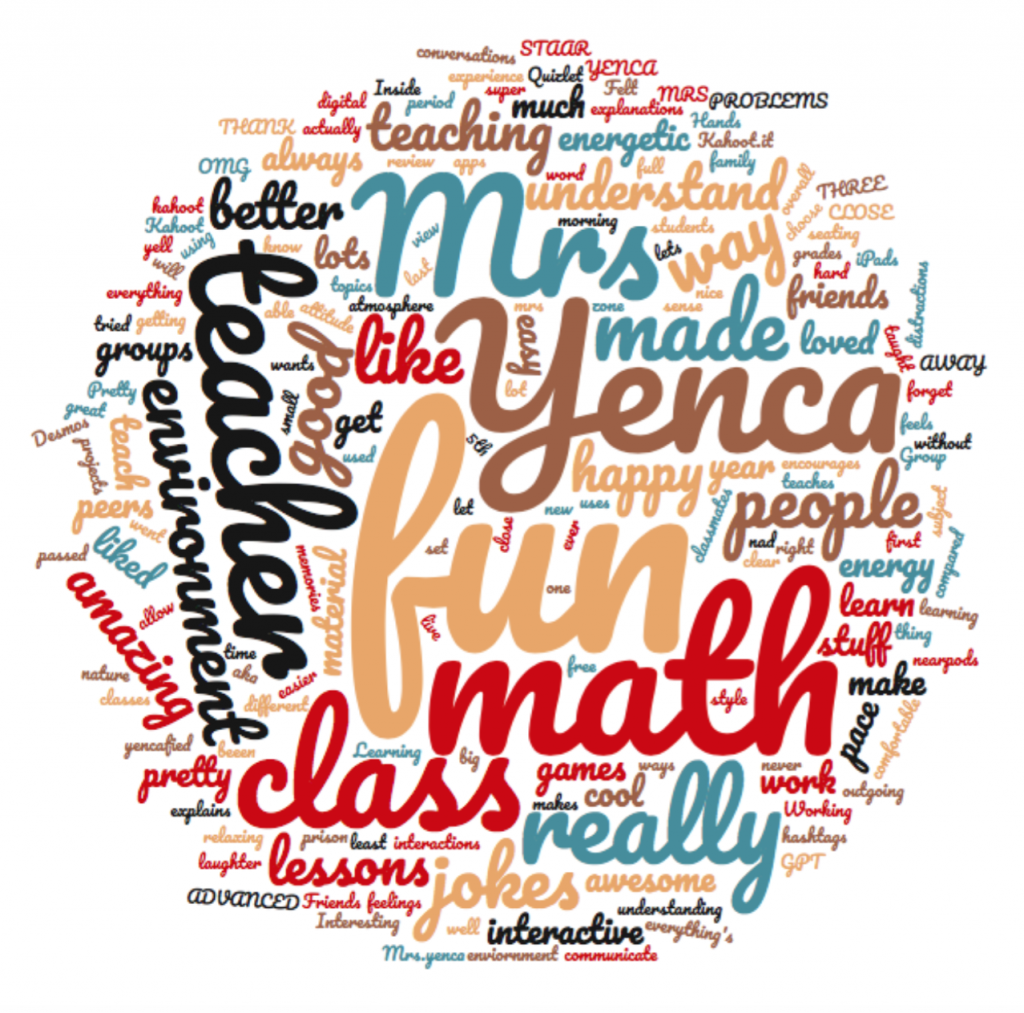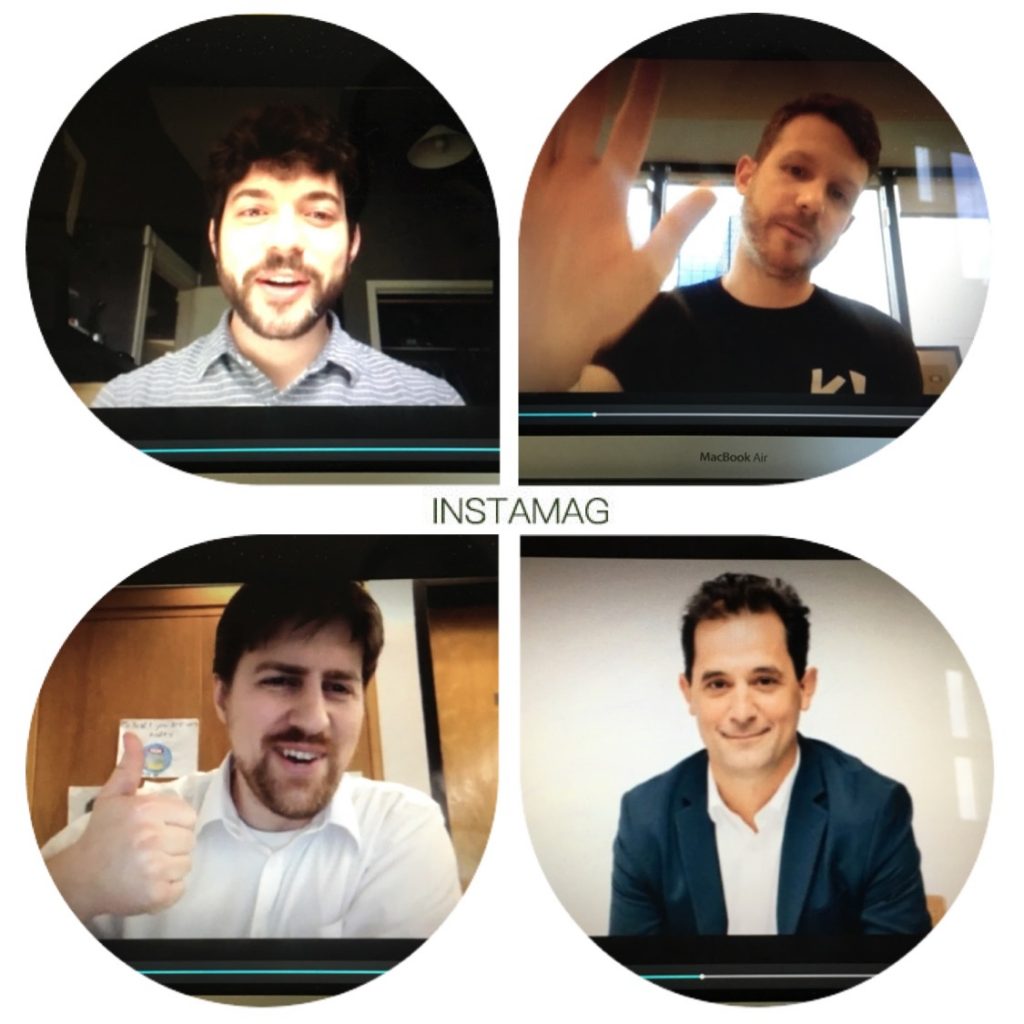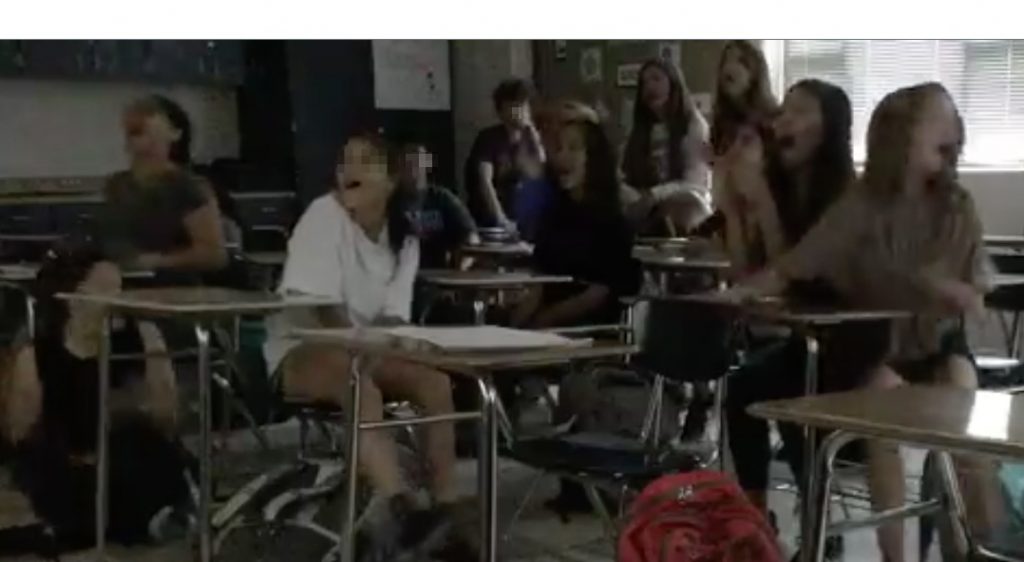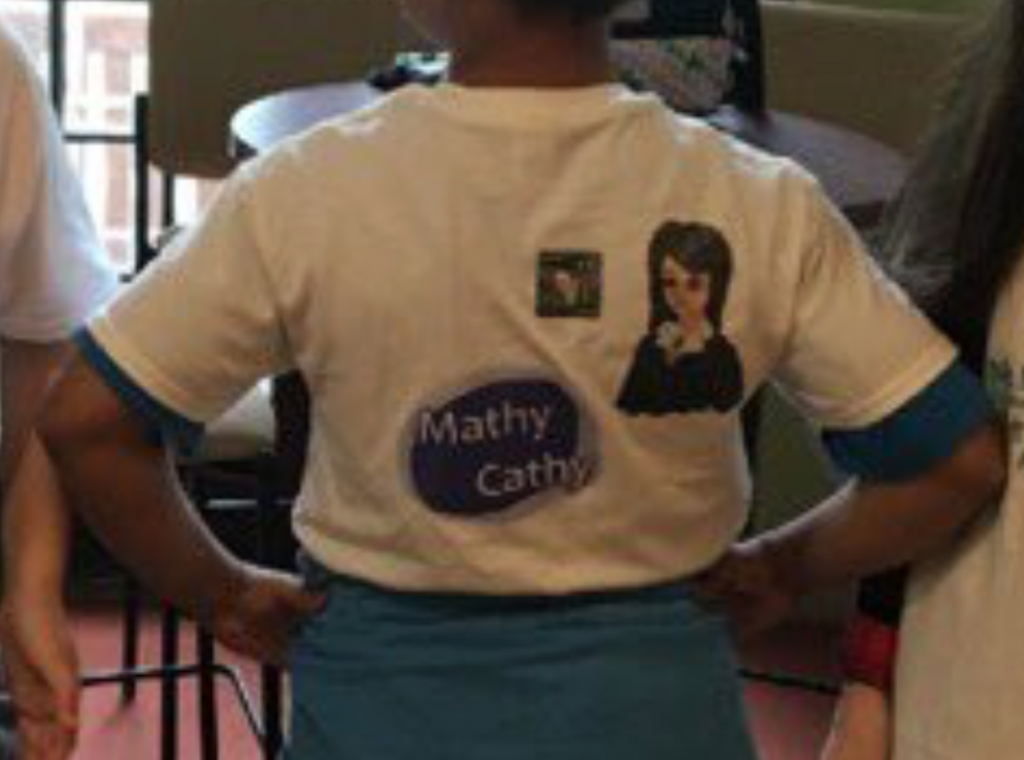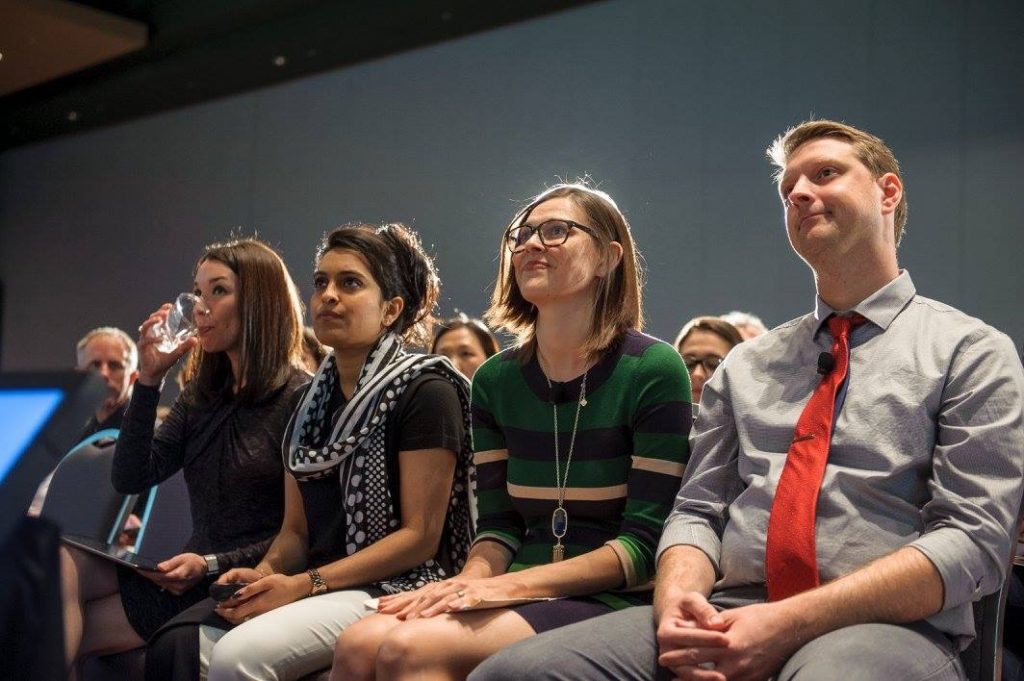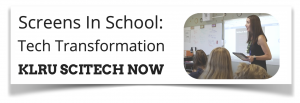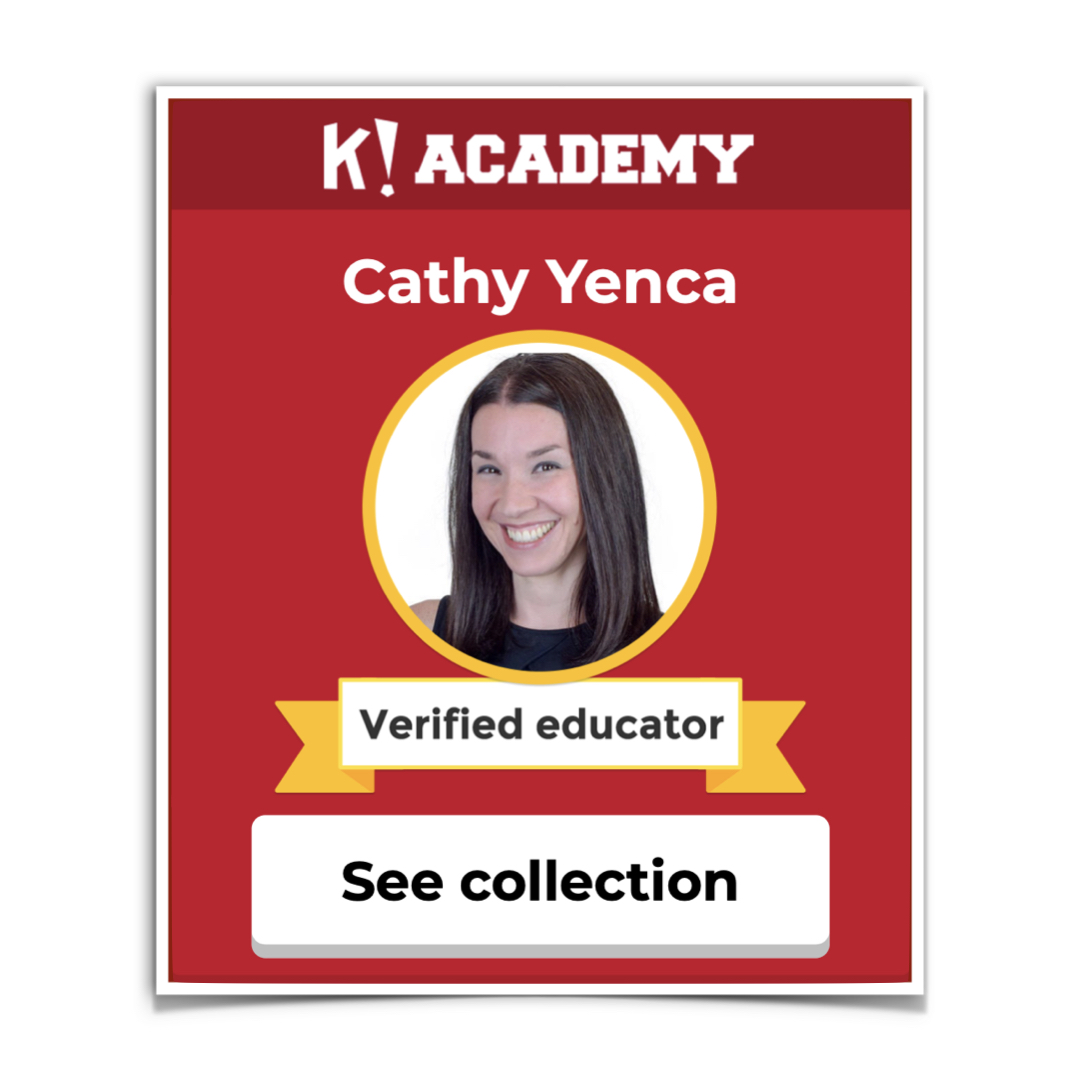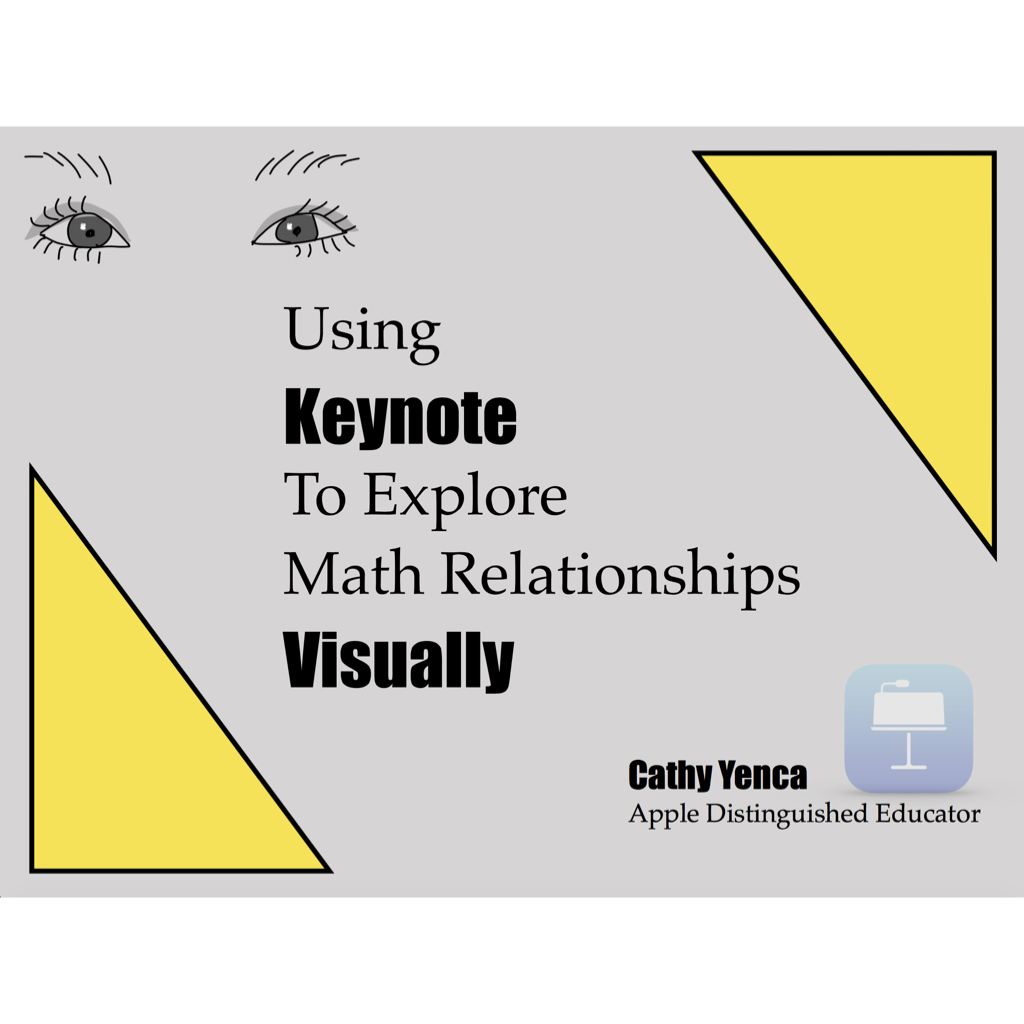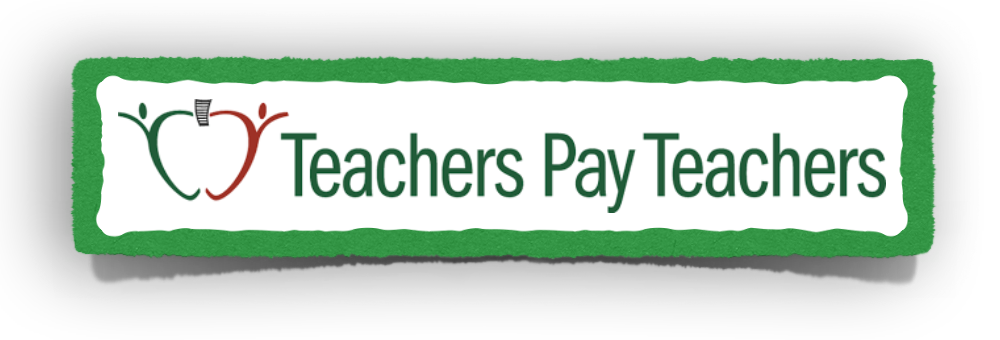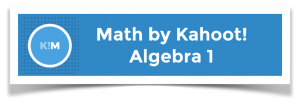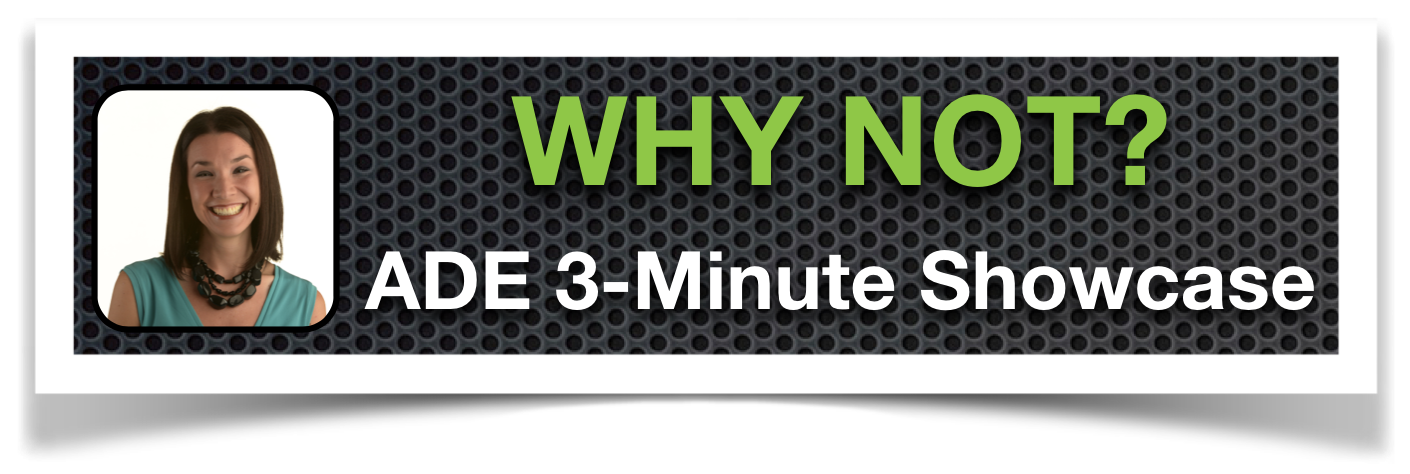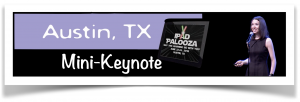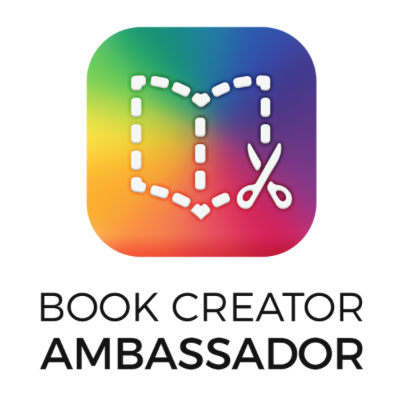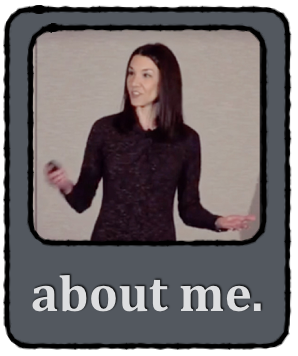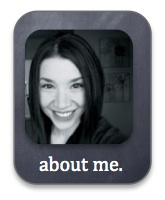It’s been quite the conference-y week! I had the opportunity to share with math leaders from all over Texas at the TASM Fall Mini-Conference in Austin as well as present and hang out with math educators from all over at Orlando’s NCTM Regional Conference.
Here are a few big ideas I learned about, as well as some resources from my own session.
- Relevance
I finally had the privilege to meet Denis Sheeran and experience the themes of his book in person! {Here are his slides if you weren’t able to make it.}
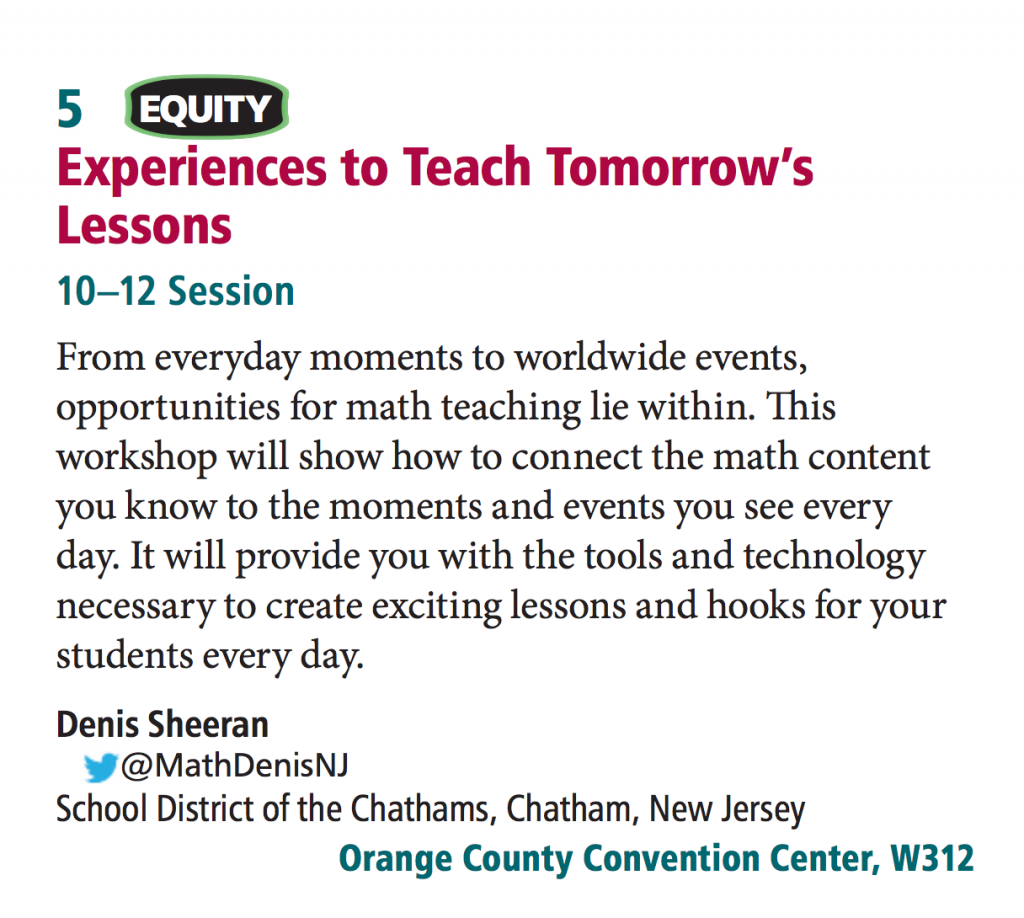 BIG IDEAS: Always be on the look-out for math, capture photos of math, encourage students to ask questions about the world around them and pursue these questions… even if they’re “unanswerable”… and all the while, don’t be afraid to tell a “little white lie” to make a story that leads to making math more personal. An example: Check out slides 18 and 19 for photos of Denis’ driveway covered with snow… great volume example in the making! “Did we shovel a ton of snow?” Little white lie… when presenting the problem to your OWN students, perhaps say that the driveway in the photo is YOURS! Disclaimer: This strategy MAY not work with this particular example in Texas… 😉
BIG IDEAS: Always be on the look-out for math, capture photos of math, encourage students to ask questions about the world around them and pursue these questions… even if they’re “unanswerable”… and all the while, don’t be afraid to tell a “little white lie” to make a story that leads to making math more personal. An example: Check out slides 18 and 19 for photos of Denis’ driveway covered with snow… great volume example in the making! “Did we shovel a ton of snow?” Little white lie… when presenting the problem to your OWN students, perhaps say that the driveway in the photo is YOURS! Disclaimer: This strategy MAY not work with this particular example in Texas… 😉
2. Creativity & Play
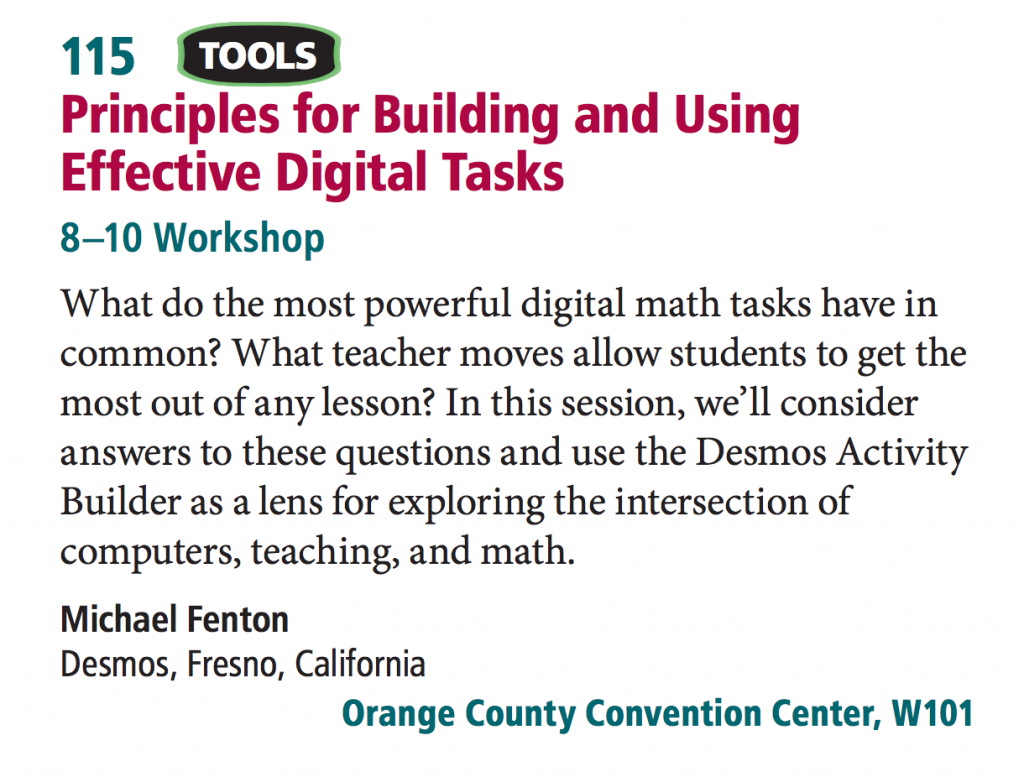 Michael Fenton of Desmos provided an opportunity for playing with mathematics through the Point Collector: Lines activity. With a 2-person-per-device ratio, we took turns using linear inequalities to “capture” points in the coordinate plane. There’s a catch to collecting those points (go play to see what I mean) that made this activity a delightful challenge.
Michael Fenton of Desmos provided an opportunity for playing with mathematics through the Point Collector: Lines activity. With a 2-person-per-device ratio, we took turns using linear inequalities to “capture” points in the coordinate plane. There’s a catch to collecting those points (go play to see what I mean) that made this activity a delightful challenge.
To add to the excitement, Michael revealed an up-and-coming in-development Desmos feature for our students… a “Challenge Gallery” where students create their OWN Desmos Point Collector task to end the activity experience, they conquer their OWN challenge, then have the opportunity to view and play challenges created by their PEERS. WHAT!?!? AWESOME! I can’t wait to see where and how the folks at Desmos incorporate this idea of student-created tasks-within-activities!
To virtually participate in Michael’s NCTM session, check out the Facebook Live archive.
3. Accessibility & Equity
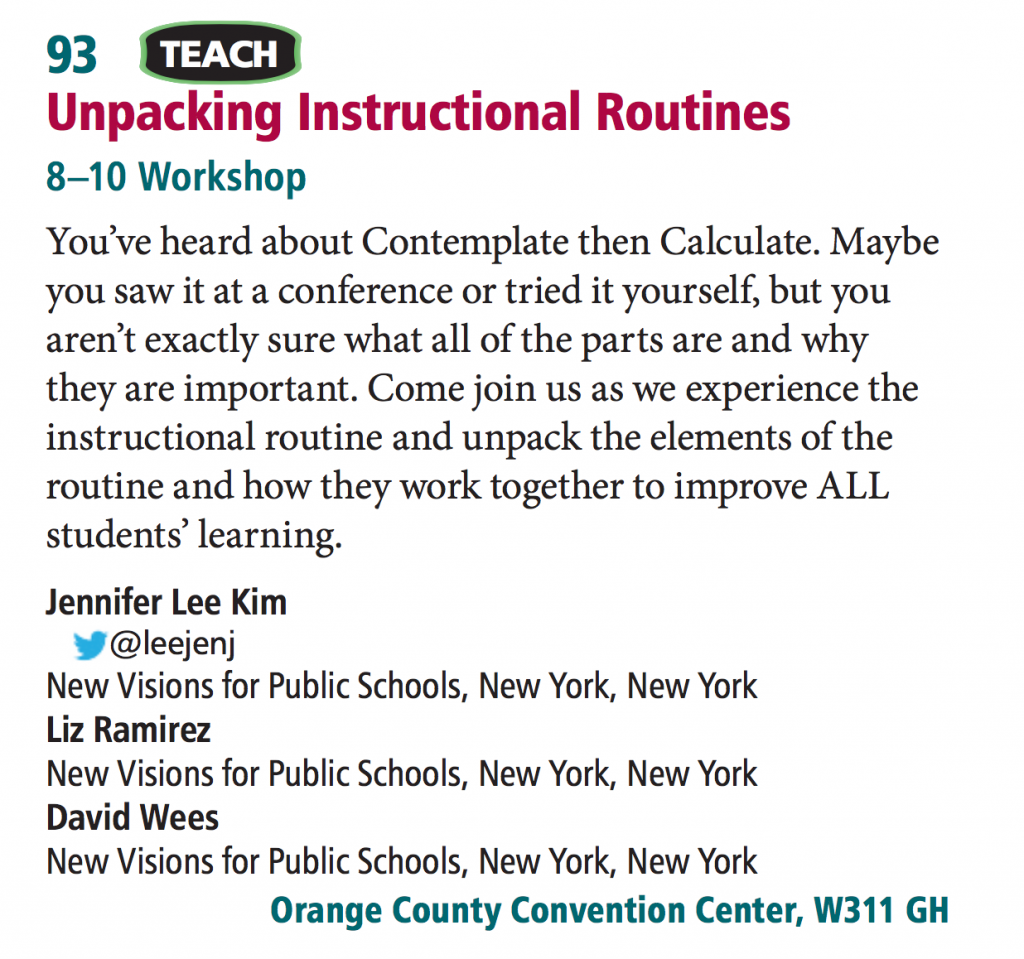 I had the pleasure of experiencing first-hand an instructional routine called “Contemplate then Calculate” in a session facilitated by Jennifer Lee Kim, Liz Ramirez, and David Wees. You can check out a boatload of resources here as well! Experiencing this routine as a learner AND THEN “unpacking” the rationale behind each component revealed the intentionality of each phase in terms of promoting equity and access for ALL students.
I had the pleasure of experiencing first-hand an instructional routine called “Contemplate then Calculate” in a session facilitated by Jennifer Lee Kim, Liz Ramirez, and David Wees. You can check out a boatload of resources here as well! Experiencing this routine as a learner AND THEN “unpacking” the rationale behind each component revealed the intentionality of each phase in terms of promoting equity and access for ALL students.
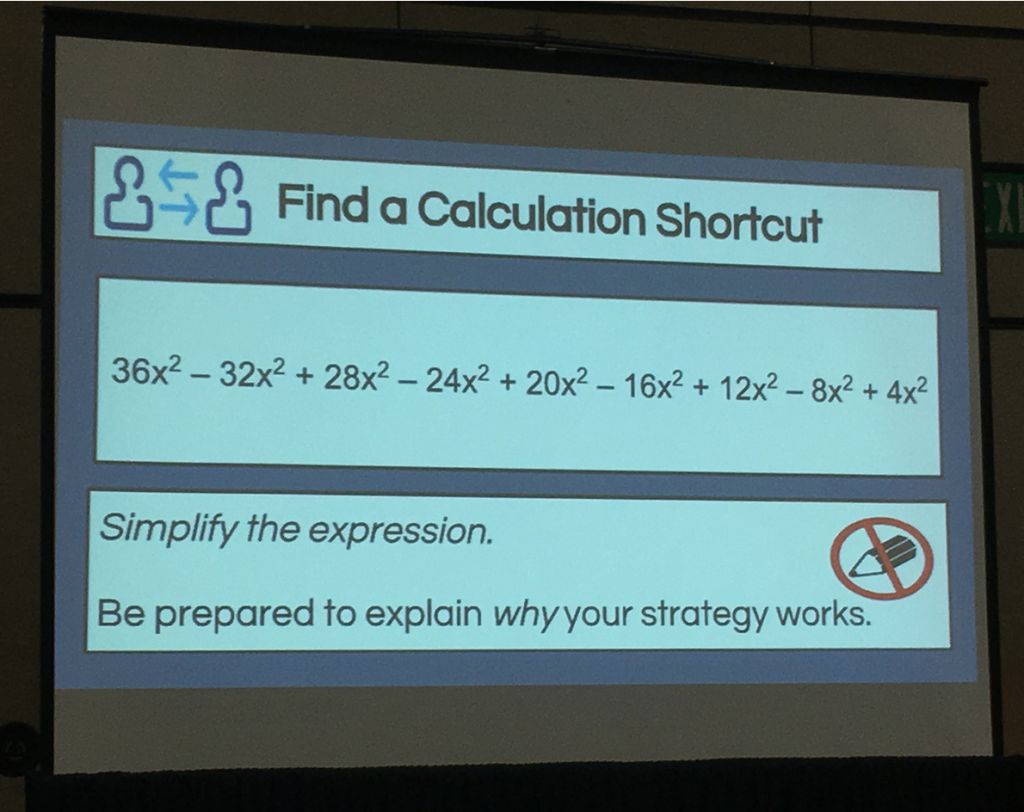 In gist, students are provided with a learning target to start, and the teacher initially “flashes” an image of a problem for literally a FRACTION of a second. Students are encouraged to share noticings (the quick flash prevents ALL students from “solving” the problem, and empowers ALL students to notice elements of the problem instead). Next, students explore the problem, looking for efficient ways to solve/simplify it (our task focused on simplifying an algebraic expression in several ways, each of which was more efficient than “going from left to right”). Valuing multiple-approaches and encouraging student dialogue (providing sentence stems as supports) gave every student access to the task. More details can be found here.
In gist, students are provided with a learning target to start, and the teacher initially “flashes” an image of a problem for literally a FRACTION of a second. Students are encouraged to share noticings (the quick flash prevents ALL students from “solving” the problem, and empowers ALL students to notice elements of the problem instead). Next, students explore the problem, looking for efficient ways to solve/simplify it (our task focused on simplifying an algebraic expression in several ways, each of which was more efficient than “going from left to right”). Valuing multiple-approaches and encouraging student dialogue (providing sentence stems as supports) gave every student access to the task. More details can be found here.
4. Student Voice
Though the title stays the same, every time I present this session, I tweak it. Okay, so actually, I re-create the entire thing in an attempt to improve and keep current with ever-changing tools and tasks.
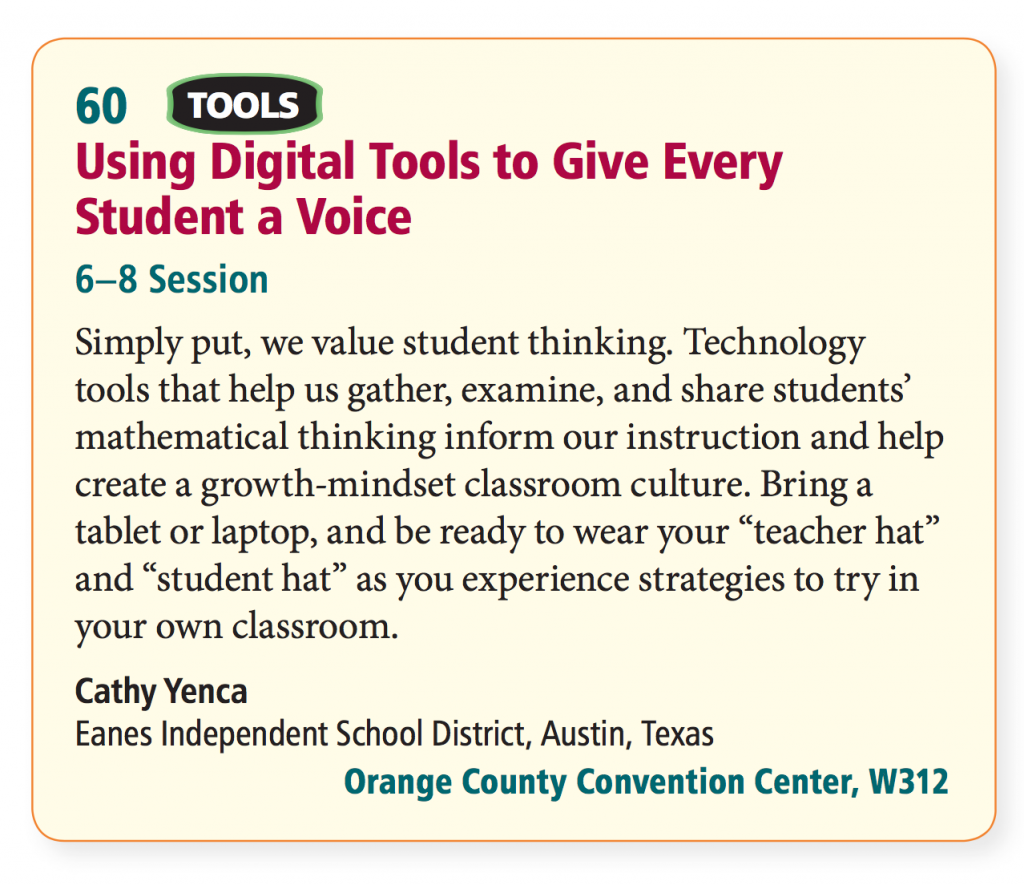 With only 60 minutes to share, I provided rationale for using digital tools strategically, modeled ways to use Socrative for strategic and on-the-fly questioning, and Nearpod for submitting and showcasing student work as the impetus for dialogue in class. I hinted that Desmos Activity Builder is a pretty great way to implement rich tasks in combination with great strategies out there (Which One Doesn’t Belong? Open Middle! Visual Patterns! Dan Meyer’s 3-Act Tasks!)
With only 60 minutes to share, I provided rationale for using digital tools strategically, modeled ways to use Socrative for strategic and on-the-fly questioning, and Nearpod for submitting and showcasing student work as the impetus for dialogue in class. I hinted that Desmos Activity Builder is a pretty great way to implement rich tasks in combination with great strategies out there (Which One Doesn’t Belong? Open Middle! Visual Patterns! Dan Meyer’s 3-Act Tasks!)
Here’s a Google Site full of take-aways, including a link (ALLLL the way at the end of the site) to dabble in my ShadowCon follow-up online course, which NCTM and ShadowCon leadership have allowed to remain open so folks can explore ideas presented in my 60-minute session over the course of… days! Weeks! Months! This entire school year! Whatever works for you. Don’t feel a commitment pressure from words like “online course” or “module” – just get in there, check out the possibilities, and if something really cool happens in your classroom with your kiddos, come back and tell us about it. I get an e-mail from Canvas daily about the activity that happens in the course, so if it’s just you and me having a follow-up convo, I’m totally cool with that.
Lastly, it’s ALWAYS a pleasure to hang out with fellow mathies “IRL” at conferences, to talk about math, teaching, life, and simply be humans together.
Until next time… see you on the Twitters, and keep doing the good work!

